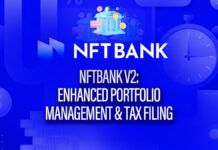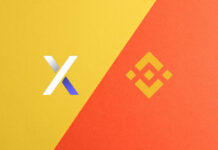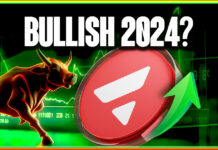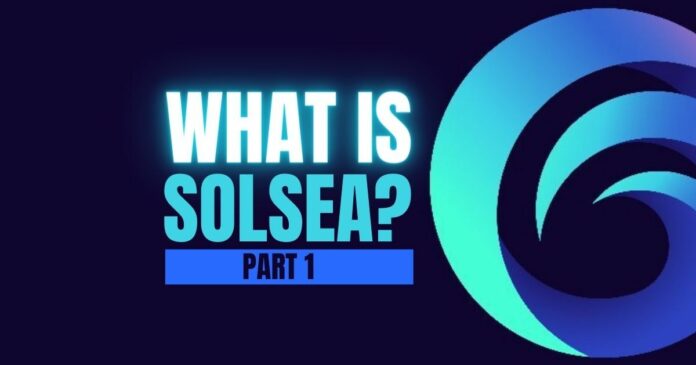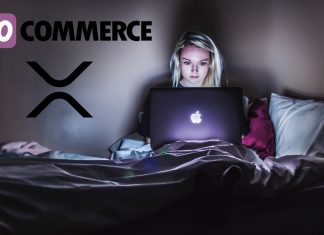While the bear market has wrecked most parts of the crypto market, the NFT sector seems to have properly weathered the storm. A 2022 report estimates that the global NFT market will have a value of $231 billion by 2030, increasing at a compounded rate of 33.7% in the next eight years.
So, NFT marketplaces will play a huge role in the ecosystem. They provide a platform for creators and sellers to meet. These marketplaces often try to outdo each other, hence the fierce competition in the industry. While Opensea remains the sheriff of the NFT market, others, such as the Solsea NFT marketplace, are popping up and putting up a fight.
What is Solsea’s NFT Marketplace?
The Solana blockchain is known for being cheap and fast. However, the Solsea NFT marketplace appears to have sparked an increased interest in this niche. This is one of the first NFT platforms for licensing NFTs. This means that users can include the copyright license in their work. So, creators and collectors are aware of their purchases.
We want to try something out and share with you the bits and pieces we do weekly to improve SolSea.
🔔Let’s call it What’s new with SolSea!
1/2
• Fixed: Global search with unicode characters
• Updated: "Dialect" messaging app version— SolSea ❤️👩🎨 Royalties (@SolSeaNFT) October 11, 2022
This NFT marketplace allows users to trade, mint, list, and transact with a small fee. Unlike Opensea, which supports payment in Ethereum (ETH), Klatyn (KLAY), Polygon (MATIC), and Solana (SOL), Solsea accepts SOL, USDC, and USDT.
Also, this platform adds spice to its platform by including a rarity rank and stats for verified NFTs. It also allows users to decide if they want their NFT to be private or public.
Solsea vs. Opensea
Every new NFT marketplace is usually pitched against Opensea, the industry’s leader. If these projects get close to competing against Opensea, then users will take them seriously. Although Solsea has been impressive, it is still miles away from Opensea. However, it has areas of strength that make it a worthy rival.
For example, Opensea charges a flat 2.5% on every successful purchase, while Solsea charges 2% on sales. So, in terms of cost, Solsea appears to have an edge. However, Opensea proves that it is worth every dime by supporting more platforms and having more categories than Solsea. Additionally, Opensea has more integrations than Solsea.
🔴 This week we’ve opened two photo exhibitions you’d want to see:
“Exploring and Capturing the Explored” by @ErvinEdward89 https://t.co/4xW95boJRZ
Prism vision in “Caribbean Prism” by @Gab__K https://t.co/ZYv9ZDQbzy
Stay tuned for the next artists! 🌊#beyondthewalls
— SolSea ❤️👩🎨 Royalties (@SolSeaNFT) October 7, 2022
Opensea supports file formats such as:
- JPG,
- PNG,
- GIF
- SVG,
- MP4,
- WEBM,
- MP3,
- WAV,
- OGG,
- GLB,
- GLTF
However, Solsea only supports JPEG, PNG, GIF, MP4, and MOV.
Opensea supports images, video, or 3D model file formats up to 100MB in size. On the other hand, Solsea limits the size to 40MB for any image, video, or 3D model.
Solsea VS Solanart
SolSea and Solanart are two of the biggest NFT marketplaces built on the Solana blockchain. Both platforms have their strengths as well as weaknesses. Solanart has more wallet integrations than Solsea and is also more popular. It allows creators to set their own fees and charges an average of 3% per sale.
Since they are both built on the Solana blockchain, both marketplaces have remarkable speed and cheap gas fees.
Enter the Caribbean through the Looking Glass – or through @Gab__K's Prism!
You’ll see how the Caricaceae and Musa Paradisiaca are refracted into magical ethereal patterns.
“Caribbean Prism” VR exhibition is live:https://t.co/ZYv9ZE8kNG @CaribbeanPrism pic.twitter.com/87fjudcAyd
— SolSea ❤️👩🎨 Royalties (@SolSeaNFT) October 6, 2022
Solsea VS Magic Eden
Solana has some remarkable NFT marketplaces, including Magic Eden, which is more like the “Opensea” of Solana. Magic Eden accounts for a huge chunk of the NFT activities on Solana. Both platforms are pretty good. But Magic Eden has a wider support range and more users than Solsea.
In conclusion, this NFT marketplace is pretty useful and easy to use. We have another article with more details about the Solsea marketplace. You can get that here.
You can read the second part here.
⬆️For more cryptocurrency news, check out the Altcoin Buzz YouTube channel.
⬆️ Check out our most up-to-date research, NFT and Metaverse buy, and how to protect your portfolio in this market by checking out our Altcoin Buzz Access group. Try it today.


